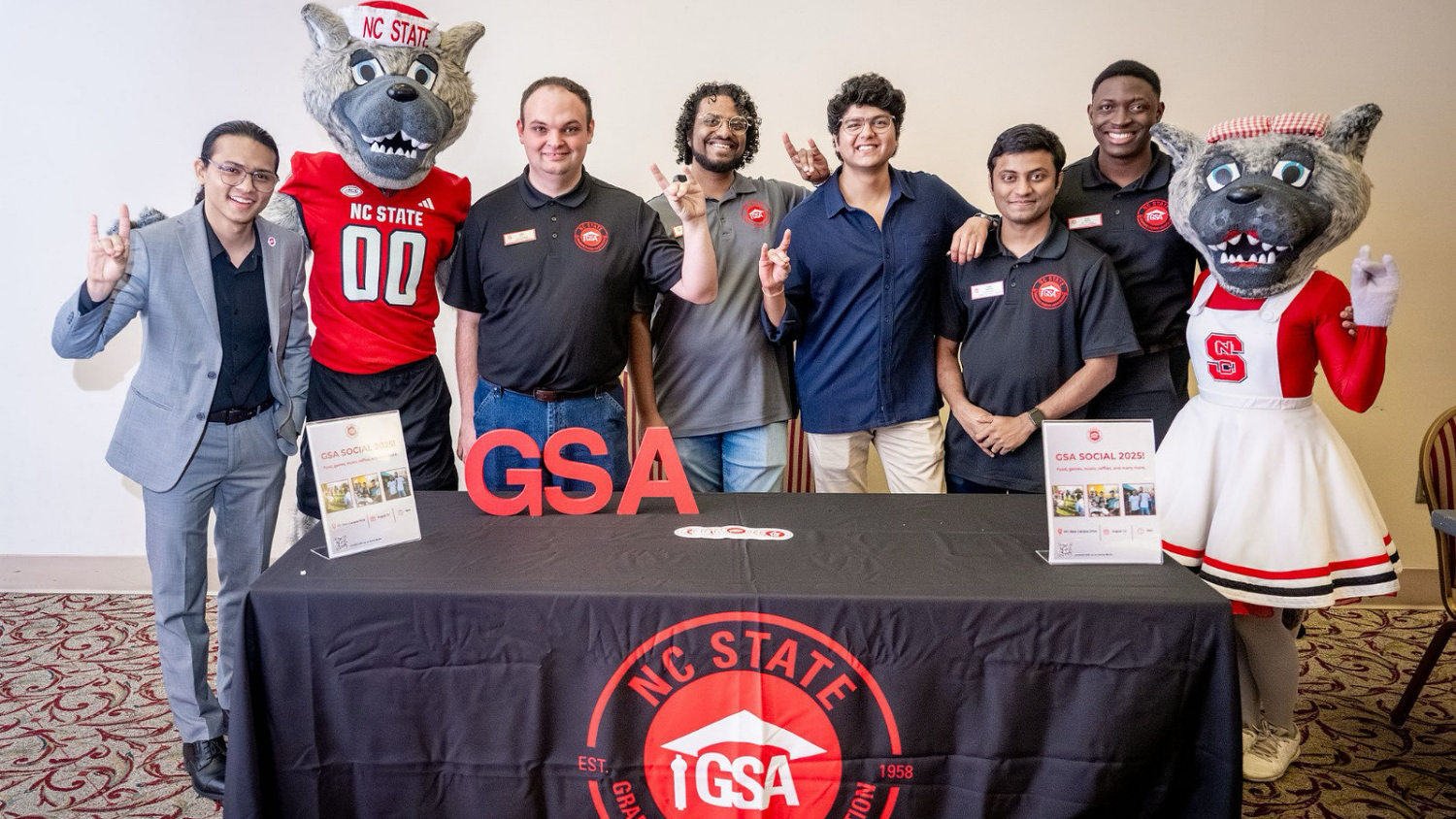Student Spotlight: Meet Raja Bandari, Ph.D. Student Bridging Urban Design, Spatial Data and Sustainability

Raja Bandari is a PhD student in the College of Design whose research explores the intersection of Architecture, Urban Design and Geospatial Analytics. Raja stays busy pursuing research and earning certificates, including the GIS and City Design Certificates. In addition to excelling academically, he can speak seven languages and enjoys journaling, running, biking, and practicing karate in his free time.
How were you introduced to the Sustainable Futures Fellows, and what made you want to pursue the opportunity?
I learned about the Sustainable Futures Fellowship from a classmate, Juwan Ha, who encouraged me to apply and noted how well my research aligned with the program’s mission. I was drawn to the opportunity because of my ongoing interest in how urban form and environmental systems interact, and the fellowship offered a chance to explore that intersection in a collaborative, interdisciplinary setting.
What was your Sustainable Futures Fellows project focused on, who was on your team, and what was your role in the group?
Our Sustainable Futures Fellows project explored the potential of solar energy implementation on NC State’s campus by analyzing the Urban Heat Island and identifying high opportunity locations for PV installation. Our interdisciplinary team from the College of Design and the College of Natural Resources, including Juwan Ha, Melissa Gold, Sanchana Bandari, and me, combined our expertise in building energy modeling, geospatial analytics, and architecture to identify thermal hotspots, evaluate solar potential, and pinpoint the most promising sites for sustainable solar energy on campus. I led the spatial analysis and visualization work using GIS, including mapping UHI intensity, processing land surface temperature and canopy/imperviousness datasets, and integrating solar potential estimates to produce prioritized candidate sites for rooftop PV.

How did you meet your team members and what was it like having your sibling on your team?
I met Juwan Ha and Melissa Gold by taking several GIS certificate classes together at CNR and by collaborating on study groups and team assignments. Working with Juwan and Melissa was collaborative and inspiring, as we combined our complementary skills in GIS, energy modeling, architecture, and spatial analysis to tackle complex sustainability challenges together. Having my sister, Sanchana Bandari, on the team made the experience even more meaningful and fun. Our familiarity and trust with each other helped our team communicate effectively, while working in a professional, interdisciplinary context allowed us to appreciate each other’s unique skills.
As a KIETS Climate Leaders Program participant how has that impacted you?
Participating in the KIETS Climate Leaders Program has had a significant impact on my academic and professional growth. I joined the program in January 2025 and gained exposure to climate-focused research, mentorship, and interdisciplinary collaboration. This experience helped me strengthen my skills and connections, ultimately leading to a fellowship at the Geographic Insights Lab at Harvard University, where I continue to explore spatial data science and sustainability research.
Are there any future endeavors you are excited about?
I’m excited to continue exploring the intersection of urban growth, sustainability, and geospatial analysis. Our interdisciplinary team will be presenting our research on integrating Urban Heat Island effects and solar energy potential at the upcoming ARCC Conference. Sharing our work with a broader academic and professional audience will be an incredible opportunity to exchange ideas and receive feedback.
What does sustainability mean to you?
To me, sustainability means designing and planning in ways that meet today’s needs without compromising the ability of future generations to thrive. In my research, I incorporate sustainability by using spatial and temporal analysis to study urban growth patterns, land use changes, and environmental factors. This allows me to identify strategies for more resilient and energy-efficient city development.
This post was originally published in Climate and Sustainability Academy.
- Categories:


